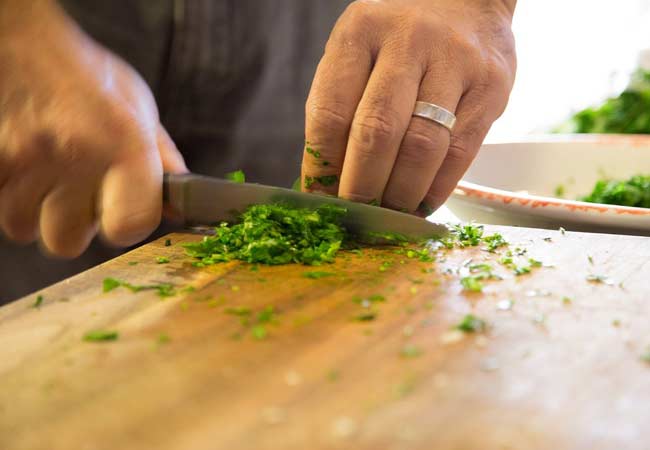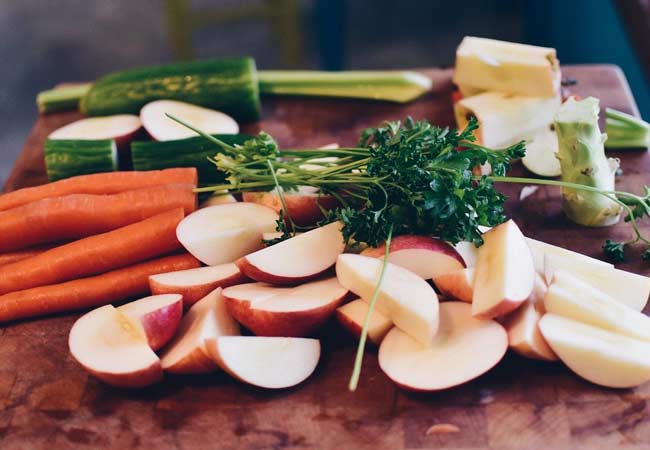Our kitchen can be minimalist or have infinite utensils, but certain essential elements cannot be missed. We have already talked about some of the essentials, but there are others that I consider fundamental the cutting boards. Any kitchen needs at least one board and is not always given the importance it deserves.
And I want to highlight the cutting because it’s not the same as a presentation table or service that we’ll use to work the food. Lately, it seems that only the beautiful boards that look so good on the table or in photos when it is the work ones that will help us the most in the kitchen. We can find them of very different materials, sizes and prices, which one suits us?
Why you need at least a good kitchen board

Of course, we can go for cooking without using a kitchen board, but it is not highly recommended beyond quick individual improvisations. Virtually any recipe requires handling some ingredients, and having a proper cutting table is essential. It allows products to work properly; with comfort, it facilitates organization, order, and also safety.
If knives are a vital tool, so is the table on which we are going to use them, so as not to spoil them. We will not get good cuts if the surface moves, is unstable, too hard, or too soft. It should be the right size and well clean, free of foreign odors and safe from bacteria or cross-contamination.
Onboard, we can cut, chop, chop, peel and laminate, and also prepare ingredients with your hands or other cooking utensils. Ideally, at least two, one for vegetables and one for meat and fish, although I prefer to work the seafood on a different table. Care will be higher if we have bigots or allergies in the family.
How to take care of your kitchen boards

Whichever kitchen board we choose, it’s important to consider some primary responsibility to keep them in perfect condition for longer. First, we must handle them properly, away from heat sources, avoiding shocks, very rough cuts, and no heavy things on top.
Also, hygiene and food safety should be washed immediately after use. Synthetics can accommodate the dishwasher, but wooden ones will have to be cleaned by hand. Only warm water, detergent or neutral soap and a soft sponge or scoop will look good. To eliminate possible odors, we can wash them from time to time with lemon juice and salt, and those of wood require to apply a layer of oil from time to time.
Another important point is storage. It is best to dry them thoroughly after cleaning and store them, preferably, in the air. In drawers and cabinets could accumulate moisture, which not only spoils them, it can also be the focus of bacteria and odors.